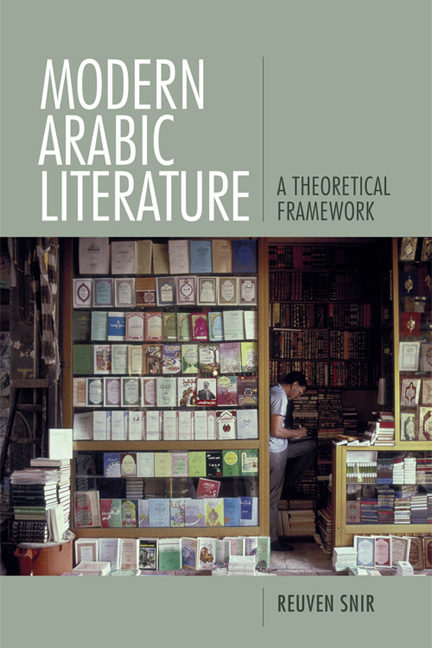Book contents
3 - Outlines of Diachronic Intersystemic Development
Published online by Cambridge University Press: 03 January 2018
Summary
In the introduction to Poetry and the Making of Modern Egypt (1822–1922) (1971), Mounah A. Khouri (1918–96) sets out some of the problems that the historian of literature ought to confront when dealing with Arabic poetry. For Khouri, poetry is the result of specific external correlates, and so one must therefore be able to provide a causal explanation for the social and intellectual meanings that it contains―that is to say, how the actual poetic expression of those meanings hangs together with biographical, social, psychological, and other environmental factors involved in its (that is, poetry) creation. In other words, the historian must assume the roles of other specialists and attempt to blend the insights yielded by different critical approaches, whether they be historical, psychological, functional, descriptive, or normative. At the same time, there are the effects that poetry itself produces. And Khouri is aware of the difficulties that the literary historian faces when it comes to describing the various levels of interactions and relationships between the literary system and other systems, and when it comes to dealing with what the Formalists called the “communicative space (literaturayj byt) that mediates between author or text and reader.”
In the previous chapter, we investigated the literary dynamics of Arabic literature in synchronic cross-section, where both canonical and non-canonical literary texts are addressed in six subsystems explained as networks of relationships interacting on various levels. Here, I wish to examine the issue of the diachronic interactions that obtain between the Arabic literary system and various other literary and cultural systems as well as various extra-literary and extra-cultural systems. This will enable us to describe the diachronic intersystemic changes that have determined the historical course of Arabic literature since the nineteenth century. Not surprisingly, sociocul- tural changes have also been mentioned as factors by some Arab and Western scholars. For example, Ṭāhā Ḥusayn (1889–1973) focused on the liberty of the writer, the vast increase in the reading public, and the growing influence of electronic media. But there has been no systematic study of these intersystemic interactions.
- Type
- Chapter
- Information
- Modern Arabic LiteratureA Theoretical Framework, pp. 100 - 174Publisher: Edinburgh University PressPrint publication year: 2017



